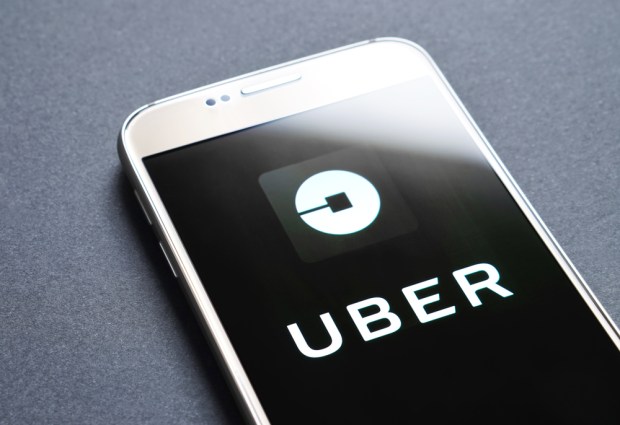Uber’s Newest Project? Reinventing Its Payments Experience

The transportation company that innovated payments by delivering the Uber experience is at it again — this time, by making it easier and more rewarding for its users to pay for products and services inside its growing ecosystem. Uber Cash launched today (Sept. 5), providing a closed-loop payment network that lets consumers easily add funds to its stored value account.
Those consumers then use Uber Cash to pay for things across the Uber ecosystem, which today includes bike sharing via JUMP Bikes, food delivery via Uber Eats and ridesharing via Uber and its many variants on that theme. Uber Cash will also become the home for Uber’s gift cards, its Visa Local Offers credits, loyalty and card rewards and redemptions.
Think the Starbucks experience gone Uber.
In advance of that launch, Karen Webster caught up with Rob Daniel, lead of financial products at Uber, about the motivations behind Uber Cash and the vision for Uber users and the ecosystem the company is building.
Formalizing Payments
“We are already rewarding people with stored value and points,” Daniel told Webster, “and we also have a gift card program that is going very well. We wanted to formalize a lot of it.”
Daniel seemed to resist efforts by Webster to characterize Uber Cash as a “mobile wallet,” emphasizing that the program and stored value accumulated by customers can be used only within the Uber ecosystem.
“We are just giving people a more seamless way to pay on Uber,” he said. “They can get rewarded and have the ability to plan ahead and budget” for their Uber purchases. “They can better plan out their spend across Uber. And we can connect all of our growing platforms and modalities via a single payment method.”
Will Uber Cash one day extend beyond that closed-loop offering? “That’s certainly an interesting opportunity,” Daniel said.
Uber Incentives
For now, though, here is how Uber Cash is designed to work: Via gift cards or payment cards, consumers can load value into their Uber accounts and get rewards for doing so. In the case of the Uber Barclays/Visa credit card, consumers can accumulate points.
“[A user] can stack rewards together,” he said.
Uber is also offering spend incentives — $95 of spend gets the consumer $100 of stored value, $48.50 of spend gets $50 and $24.50 of spend gets $25. Uber, in turn, gets the “economic advantages” that comes when customers prepay for services, Daniel said, and use them across the Uber ecosystem.
The one thing that users can’t do? Cash out their stored Uber Cash values onto other payment cards outside the Uber ecosystem.
Expanding Ecosystem
For now, that is certainly enough. Uber’s ecosystem is growing: Consider Uber’s purchase of JUMP Bikes for an undisclosed price in April. Another example is Uber’s recent announcement that it wants to offer access to electric bicycles and scooters for shorter trips. Uber has made deals with electric scooter company Lime and London-based Masabi, which offers mobile ticketing for public transportation.
Uber makes less money from a bike ride than from a trip in a car, according to Uber CEO Dara Khosrowshahi. However, he expects that to be offset if customers use the app to book trips on a more regular basis. In fact, the company has already seen this trend with cyclists in San Francisco.
That idea is presumably at play with Uber Cash: Provide a payment tie across the various Uber properties, further engaging consumers and making it harder for them to step away — especially if they have loyalty and point rewards awaiting them, and if they can make monthly budgets too.
Uber Cash could particularly make a difference in the hotly contested delivery space with Uber Eats. A wide range of players, including Amazon, Grubhub and others, compete in that ecosystem as well.
The launch of Uber Cash comes as the company is still struggling with losses. In the second quarter, Uber reported an $891 million loss, down from $1.1 billion a year ago — but bigger than the $550 million loss it reported in the first quarter of this year. An Uber spokesperson pointed out that Uber has been spending more money on new businesses, such as food delivery and scooters.
Will seamless equal stickiness when it comes to Uber with Uber Cash? We’ll see. It sure worked for Starbucks.